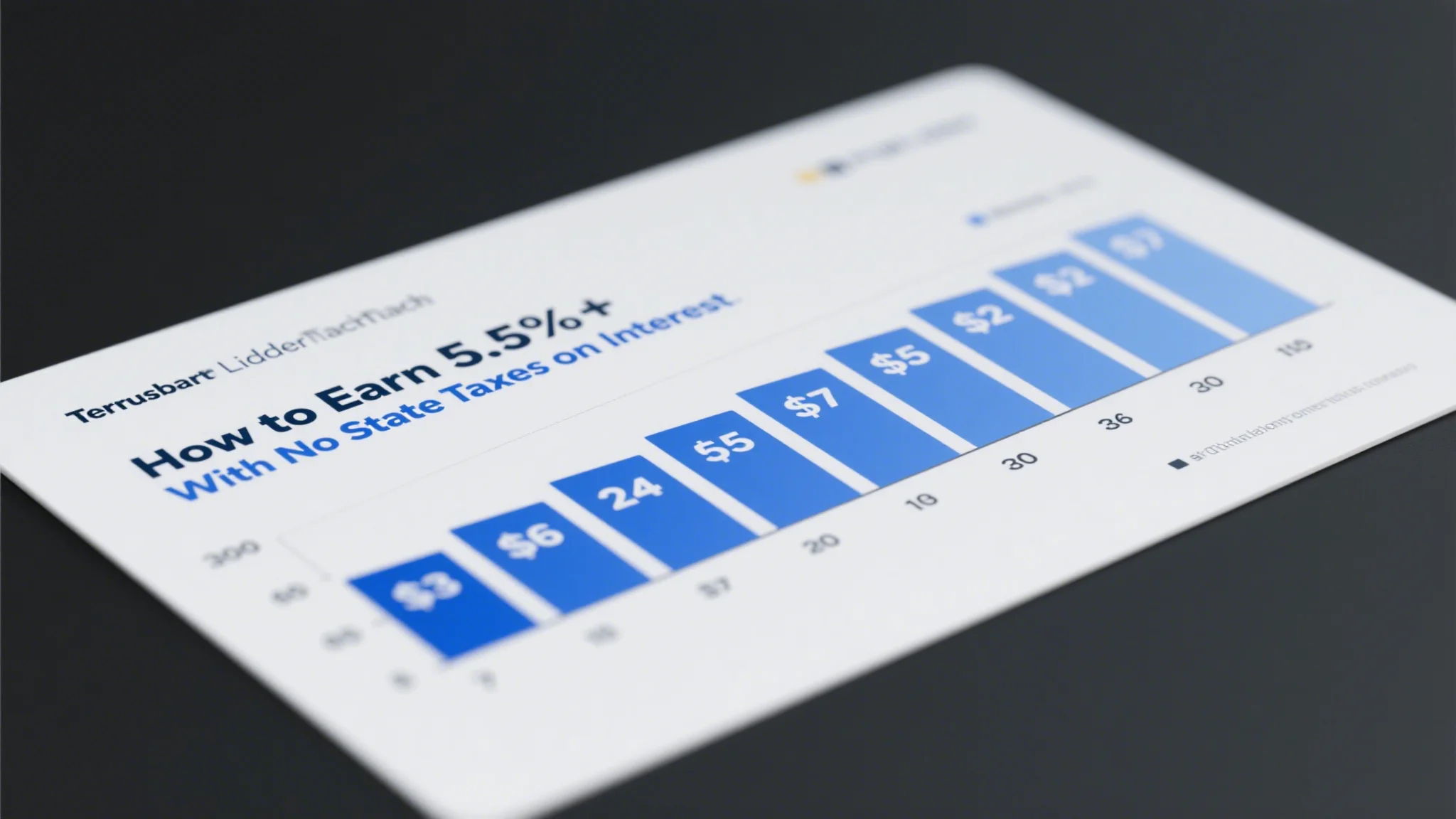A Qualified Personal Residence Trust (QPRT) is a popular estate planning tool designed to help individuals transfer ownership of their primary residence to a trust while retaining the right to live in the home for a specified term. This structure allows the grantor (the person creating the trust) to maintain control over their residence while reducing the potential estate taxes that might arise if the property were transferred directly to heirs.

However, one of the most critical aspects of a QPRT is the trust term—the duration for which the grantor retains the right to live in the home. The trust term is typically set based on the grantor’s life expectancy, but what happens if the grantor outlives this term? This scenario, often referred to as a “QPRT time bomb,” can have serious financial and legal consequences.
When the trust term is set shorter than the grantor’s actual life expectancy, the grantor may lose control over the property at an unexpected time. This can lead to a situation where the grantor is forced to vacate their home, even if they are still physically and mentally capable of residing there. Such a development can be emotionally devastating, especially if the home holds sentimental or financial value.
Moreover, if the grantor outlives the trust term, the property may revert to the beneficiaries named in the trust. This can create a conflict, as the grantor may still need to live in the home but no longer has the legal right to do so. In some cases, this can lead to disputes among family members or even legal battles, further complicating an already sensitive situation.
To avoid such outcomes, it’s essential to carefully consider the trust term when creating a QPRT. The term should ideally be set to match or exceed the grantor’s life expectancy. However, predicting life expectancy is inherently uncertain, and even the most well-intentioned plans can fall short. This is where the expertise of a financial advisor or estate planning attorney becomes invaluable.
In addition to setting a trust term based on life expectancy, it’s crucial to review and update the trust periodically. Life circumstances change, and so do health conditions. Regular reviews can help ensure that the trust term remains appropriate and aligned with the grantor’s needs.
The consequences of a QPRT time bomb extend beyond emotional distress. Financial implications can also arise if the grantor is forced to vacate their home prematurely. For instance, the grantor may need to find alternative housing, which could be more expensive or less suitable than their current residence. Additionally, the loss of the primary residence could impact the grantor’s financial stability, especially if the property was intended to provide a lasting legacy for their family.
Another critical factor to consider is Medicaid. If the grantor requires long-term care in the future, the value of the home could impact their eligibility for Medicaid benefits. If the trust term is shorter than the grantor’s life expectancy, the property may revert to the beneficiaries, potentially leaving the grantor with fewer assets to cover their care expenses. This can create a difficult financial situation, particularly if the grantor has limited resources.
To mitigate these risks, it’s essential to work closely with a team of experts, including estate planners, tax advisors, and healthcare professionals. They can help assess the grantor’s life expectancy, evaluate the trust term, and recommend adjustments to ensure the QPRT remains effective.
One potential solution is to include a “life estate” feature in the trust. This allows the grantor to retain the right to live in the home for life, regardless of the trust term. While this approach may not offer the same tax benefits as a traditional QPRT, it provides added security and peace of mind.
Another option is to purchase life insurance to cover the potential financial gap if the grantor outlives the trust term. This can help ensure that the grantor has the resources needed to secure alternative housing or cover other expenses.
Ultimately, the key to avoiding a QPRT time bomb lies in thorough planning, regular reviews, and open communication with all parties involved. By taking these steps, individuals can create a QPRT that not only achieves their estate planning goals but also provides long-term security for themselves and their loved ones.
In conclusion, while a QPRT can be a powerful tool for managing estate taxes and preserving assets, it’s crucial to carefully consider the trust term and its alignment with the grantor’s life expectancy. By understanding the risks and working with qualified professionals, individuals can avoid the pitfalls of a QPRT time bomb and ensure their estate plan remains resilient for years to come.



